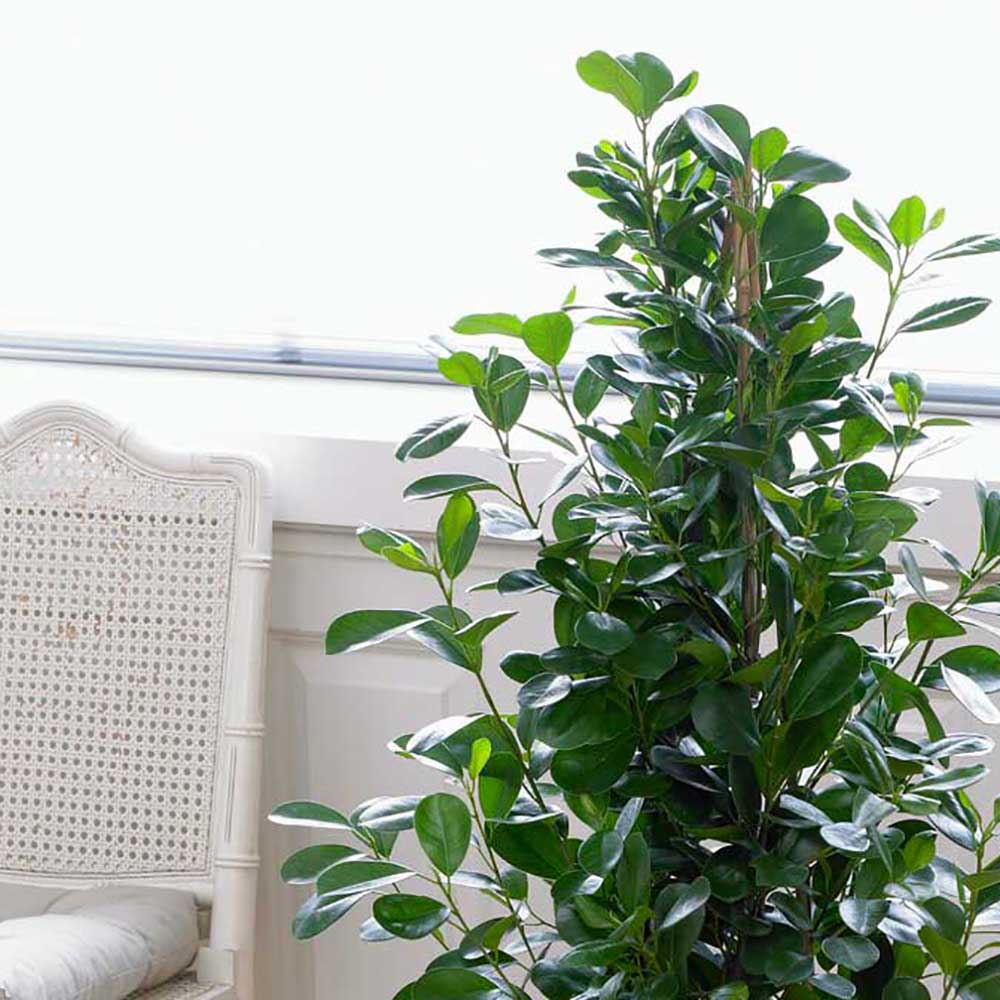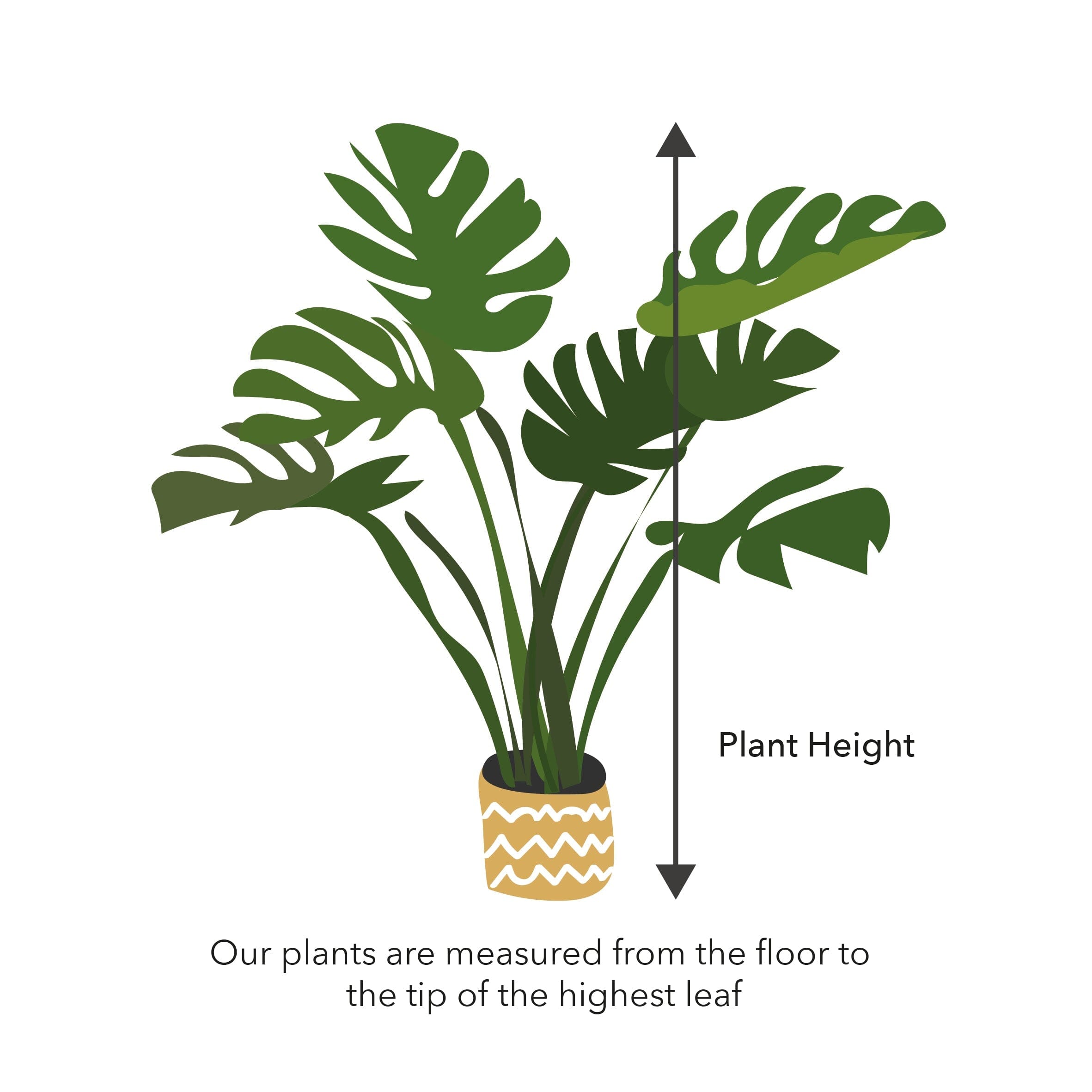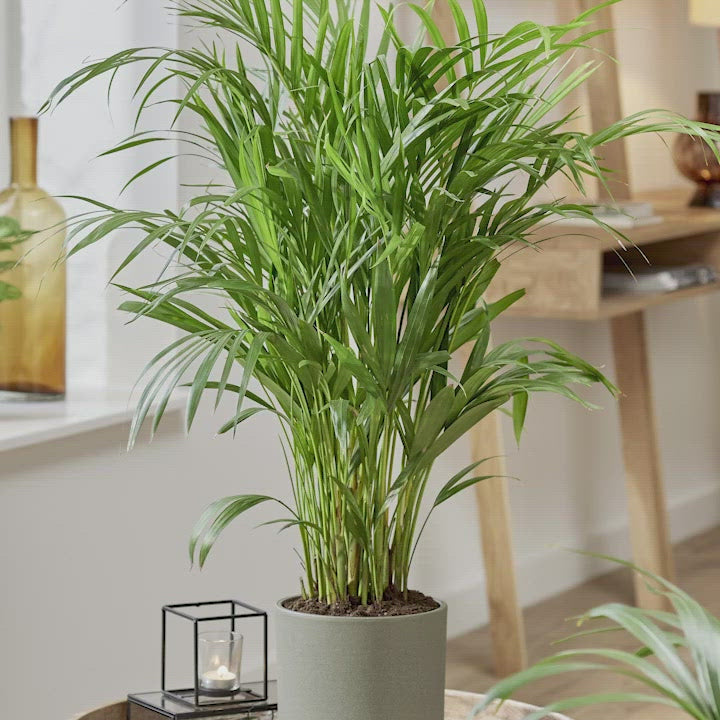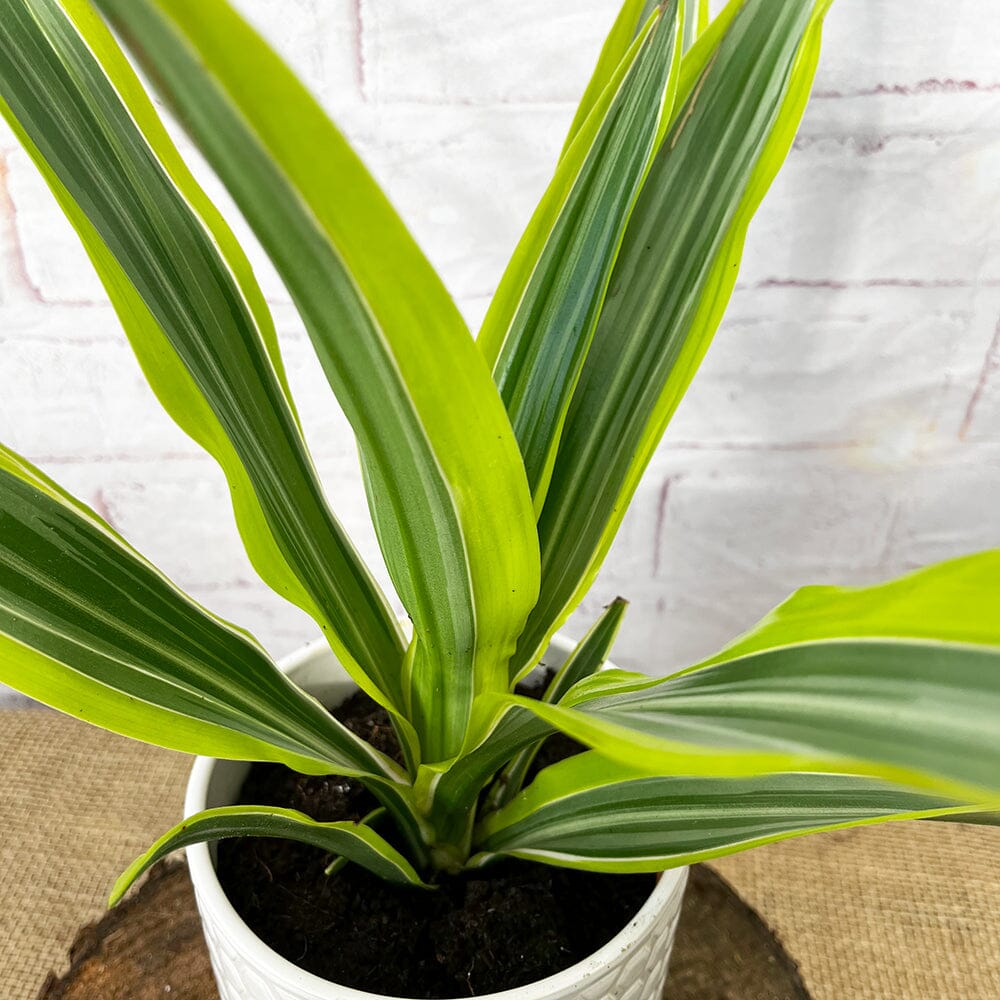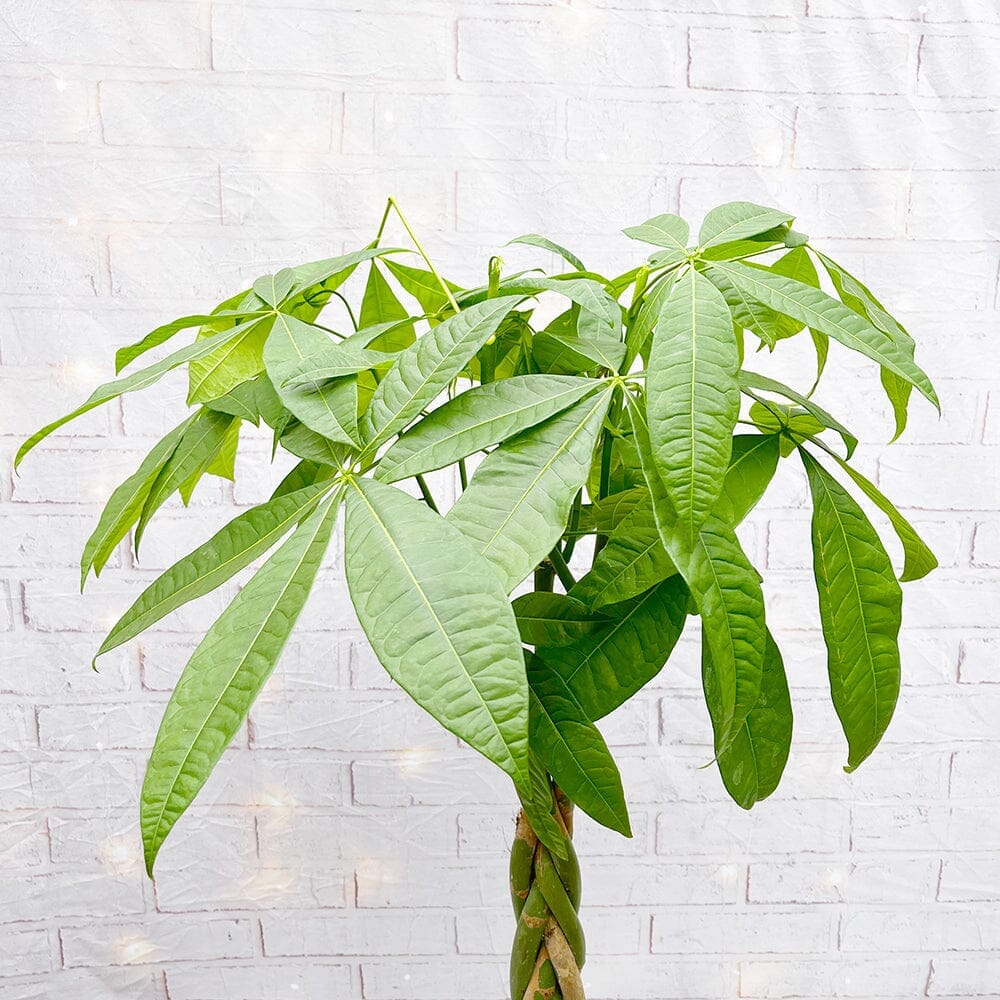Trollius Chinensis Golden Queen Aquatic Pond Plant
Trollius chinensis 'Golden Queen' is a herbaceous perennial plant belonging to the Ranunculaceae family. It is commonly known as globeflower and is native to parts of Asia, including China and Mongolia. 'Golden Queen' is a selected variety known for its large, showy, golden-yellow flowers that resemble globes. The flowers are borne on tall, sturdy stems above a clump of deeply lobed, dark green foliage. The blooms have numerous petal-like sepals surrounding a central cluster of bright yellow stamens, creating a striking and vibrant display.
Care Guide:
Light Requirements: Trollius chinensis 'Golden Queen' prefers a location with partial shade to full sun. While it can tolerate full sun in cooler climates, it generally thrives in a spot with morning sun and afternoon shade to protect it from intense midday heat.
Soil Requirements: Provide well-draining soil that is rich in organic matter. Trollius chinensis 'Golden Queen' prefers moist, fertile soil with a slightly acidic to neutral pH level (around 6.0 to 7.0). Ensure the soil is well-amended with compost or well-rotted manure to improve fertility and moisture retention.
Watering: Keep the soil consistently moist throughout the growing season. Regular watering is essential, especially during dry periods. Aim to provide about 1 inch (2.5 cm) of water per week, either through rainfall or supplemental irrigation. Avoid allowing the soil to become excessively dry or waterlogged.
Fertilization: Apply a balanced, slow-release fertilizer in early spring when new growth begins. Follow the manufacturer's instructions regarding dosage and application method. Fertilizing once a year should be sufficient to provide the necessary nutrients for healthy growth and abundant flowering.
Mulching: Apply a layer of organic mulch around the base of the plant to help conserve soil moisture, suppress weed growth, and maintain a cool root environment. Keep the mulch a few inches away from the stems to prevent potential rotting.
Pruning: After flowering, you can remove the spent flower stalks to tidy up the plant's appearance. Cut them back to the base of the plant. However, leave the foliage intact to allow the plant to gather energy for the next growing season. In late autumn or early winter, you can cut back the remaining foliage to ground level.
Division: Every 3 to 4 years, consider dividing the plant in early spring or early autumn to maintain its vigor and prevent overcrowding. Dig up the clumps, carefully separate them into smaller sections, and replant them in suitable locations. Each division should have sufficient roots and healthy growth points.
Pest and Disease Control: Trollius chinensis 'Golden Queen' is generally resistant to pests and diseases. However, keep an eye out for aphids and slugs, which can occasionally cause problems. Monitor the plant regularly and take appropriate measures, such as using organic insecticidal soap for aphids or employing slug control methods.
Winter Care: Trollius chinensis 'Golden Queen' is a hardy plant that can tolerate cold temperatures. It doesn't require any special winter protection. However, in regions with severe winters, a layer of mulch applied around the base can provide some insulation and protect the roots.
Trollius chinensis 'Golden Queen' is an eye-catching addition to borders, cottage gardens, and moist areas. With proper care and maintenance, it will reward you with its stunning golden blooms and bring vibrant color to your outdoor spaces.
Selection:
Choose plants that are specifically adapted to grow in wet or boggy conditions. Research different species of bog plants to find ones that suit your pond's conditions and your aesthetic preferences. Consider factors such as height, flower colour, foliage texture, and seasonal interest when selecting plants.
Soil:
Bog plants thrive in soil that is consistently moist, but not waterlogged. Prepare the planting area by creating a mix of equal parts garden soil, peat moss, and sand to provide good drainage while retaining moisture. Avoid using heavy clay soil, as it can become compacted and restrict root growth.
Sunlight:
Most bog plants prefer full sun to partial shade. Ensure that the plants receive at least 4-6 hours of direct sunlight each day for optimal growth and flowering. Some bog plants can tolerate more shade, so consider the specific light requirements of the plants you choose.
Watering:
Bog plants require consistent moisture, so water them regularly to keep the soil damp. Monitor the moisture level and water as needed to prevent the soil from drying out. During hot and dry periods, you may need to water more frequently to maintain proper moisture levels.
Planting:
Dig a hole slightly larger than the root ball of the plant and loosen the soil at the bottom. Place the plant in the hole, ensuring that the crown is level with or slightly above the soil surface. Backfill the hole with the prepared soil mixture, gently firming it around the plant to eliminate air pockets. Water thoroughly after planting to settle the soil and provide initial hydration.
Mulching:
Apply a layer of organic mulch, such as straw or shredded bark, around the base of the plants. Mulching helps retain moisture, suppresses weeds, and regulates soil temperature. Maintain a layer of 2-3 inches of mulch, keeping it away from the plant's stems to prevent rotting.
Fertilization:
Bog plants generally do not require heavy fertilization if the soil is nutrient-rich. However, if growth appears weak or leaves show signs of nutrient deficiencies, you can apply a slow-release fertilizer specifically formulated for aquatic plants. Follow the manufacturer's instructions for application rates and frequency.
Maintenance:
Regularly remove any dead or decaying foliage to maintain plant health and appearance. Divide overcrowded plants every few years to prevent competition for resources and promote vigorous growth. Prune back excessive growth to maintain a tidy appearance and to prevent plants from encroaching on other plants or the pond itself.
Winter Care:
Hardy bog plants can withstand winter temperatures, while tender ones may need protection. In colder regions, consider mulching around the base of the plants or covering them with a layer of straw or burlap to insulate them from freezing temperatures.
Monitoring and Troubleshooting:
Regularly inspect plants for signs of pests, diseases, or nutrient deficiencies. Address any issues promptly with appropriate treatments, such as organic insecticides, fungicides, or nutrient amendments. By following these general tips and care guidelines, you can create a thriving bog planting area around your pond, adding beauty and interest while supporting a diverse ecosystem.


















